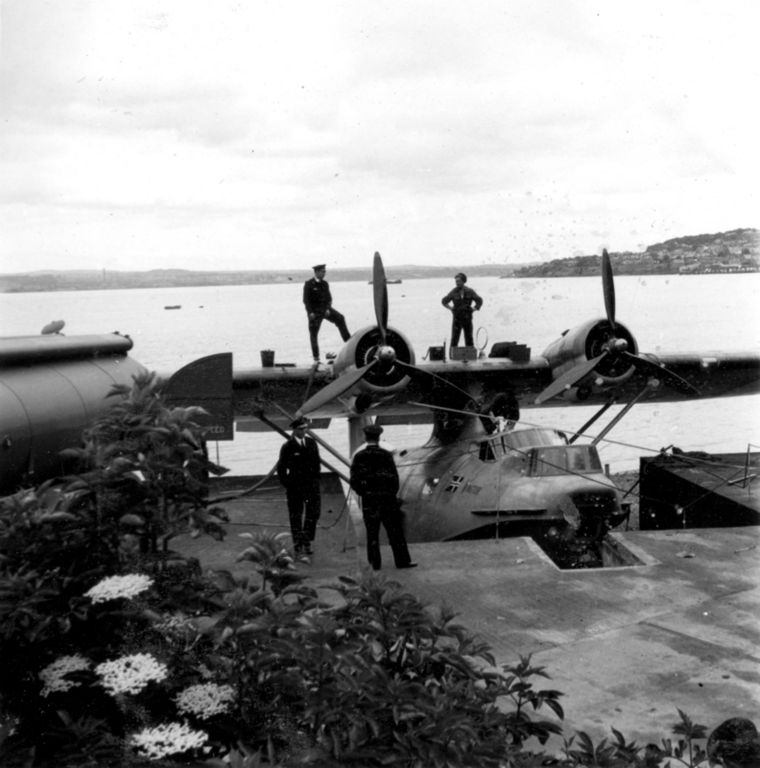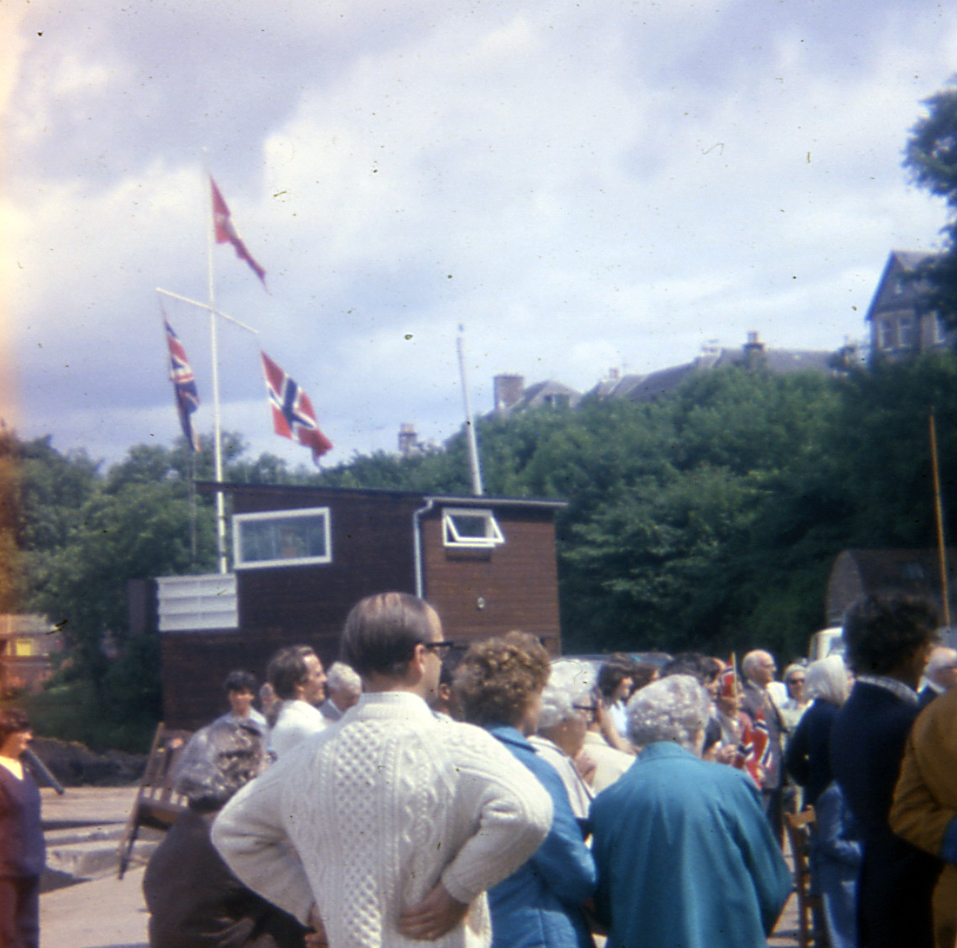The Times was a small smack, typical of the multitude of coasting vessels that plied around the British Isles and across to the near continent in the 19th century. In 1871, her crew consisted of 3 men: the master Robert Milne – a 33 year-old Dundonian, the mate William Taylor aged 46 from Crail, and a 17 year-old ordinary seaman George Smith from Stonehaven. We know this because she was recorded in the census on 2nd April at Woodhaven. She was a frequent visitor to the Tay, on this occasion she had brought a load of manure from London to Perth, arriving on 22nd March. Having discharged the cargo, she left Perth empty on 29th March for Woodhaven. After this the records currently available go quiet but she reappears again towards the end of April having left Sunderland (or South Shields depending on the source used) for Inverness, cargo unknown but possibly coal. On 30th April she puts in to Aberdeen because of bad weather but leaves for Inverness the next day. After another gap in the records, she reappears passing north through the Caledonian Canal on 23rd May with a load of slates from Easdale bound for Dundee. She leaves the Canal on 24th May and arrives in King William Dock, Dundee on the 27th. One further visit to the Tay is recorded that year: on 5 September she arrives with 85 tons of coal from Sunderland for the Tay Bridge Contractors.
One clue to the Times’s cargo is given by another coasting vessel, Racer, tonnage 61, a Cornish vessel, master William H Hodge together with a mate, an AB seaman, an ord. seaman & a cook. She appears in London on 7th March 1871 having come from Nice. On 16th March she too leaves London bound for Perth with a load of manure. She arrives in Perth on April 1st and on 8th also sails empty to Woodhaven. However we know from the Customs House records, reported in the press, that she departed from the Tay on 14th April for London with 100 tons of potatoes and has arrived there by the 1st May.
It is highly unlikely that Times would have sailed from Perth to Woodhaven without having a specific cargo in mind – surely Dundee would be a better source of possible cargoes. So my money is on another load of potatoes. Whether she took them to Sunderland direct or via another port is, from the presently available sources, impossible to say.
Just one thought – manure – from London to Perth – at least 2 ship loads.
Sources:
Shipping & Mercantile Gazette: 8, 15, 17 March 1871; 2, 25, 26 May 1871;
Dundee Courier: 15 April 1871; 29 May 1871; 5 September 1871;
Perthshire Advertiser: 13 April 1871;
Aberdeen Press and Journal: 3 May 1871;
Shields Daily Gazette: 3 May 1871;
Newspapers can be found on the British Newspaper Archive or Find My Past sites.
Census Scotland, 1871, 431-1-14 and 903/S-17-1, at ScotlandsPeople.


